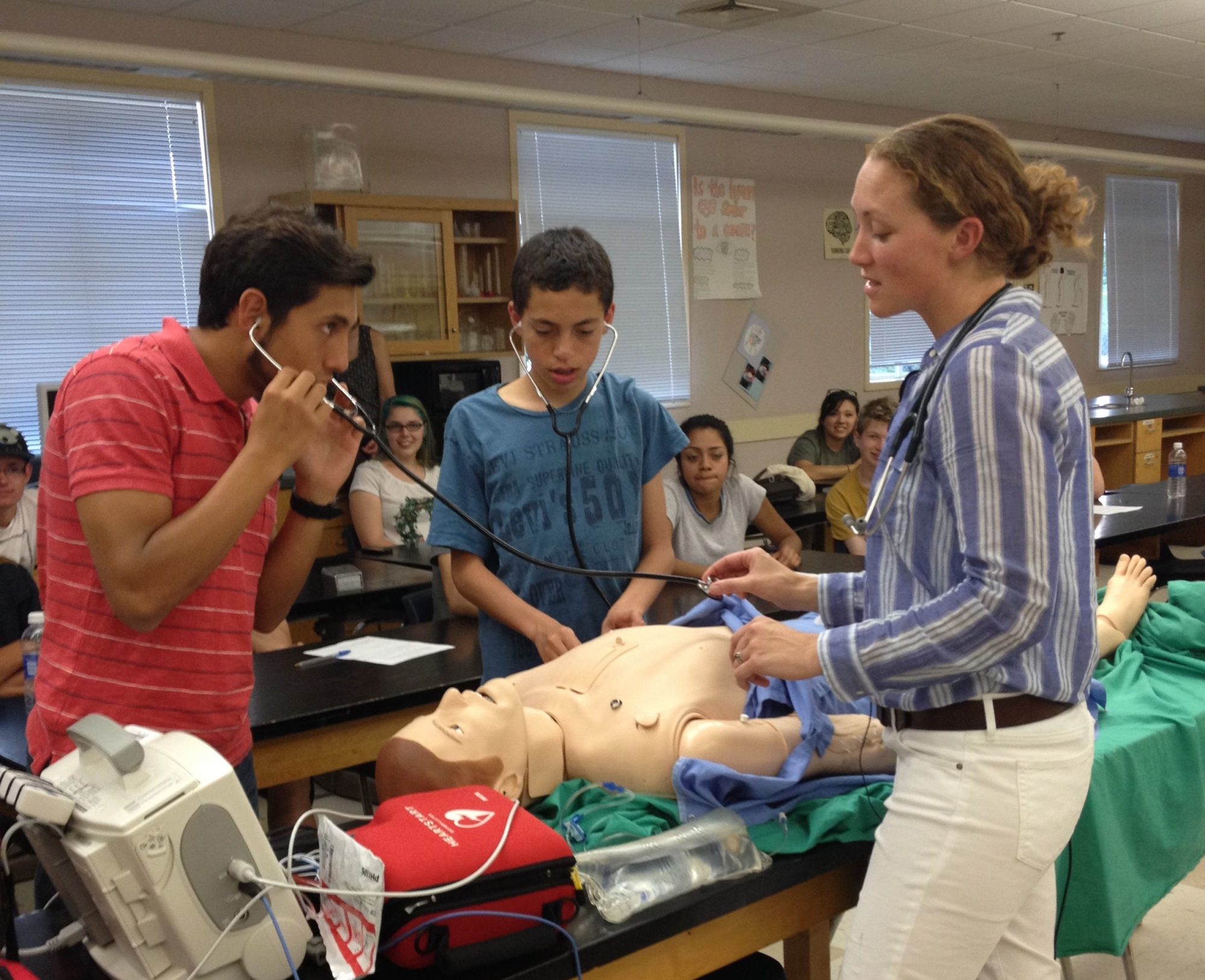Join us for the kick-off to the Marin Science Seminar Fall 2009 season!
Detecting Illicit Nuclear Material with Professor Edward Morse
Wednesday, September 23rd, 2009, 7:30 – 8:30 pm
Terra Linda High School, San Rafael, Room 207

Detecting nuclear material at ports of entry into the United States and at other locations is a daunting problem but is an essential element of a counterterrorism strategy for the country. A major difficulty in detection is the minimization of false-positive signals from a wide variety of cargo containing NORM, or naturally occurring radioactive material. One technique which looks promising is the use of nuclear resonance fluorescence (NRF) for detecting special nuclear material such as U-235. We have embarked on a five year program at UC Berkeley, called DoNuTS (Domestic Nuclear Threat Security), which looks at various aspects of the th reat detection problem. This program will be discussed, with emphasis on the physics and technology of NRF as well as other aspects including materials science, computer machine vision, sensor networks, and basic nuclear physics research.
reat detection problem. This program will be discussed, with emphasis on the physics and technology of NRF as well as other aspects including materials science, computer machine vision, sensor networks, and basic nuclear physics research.
Prof. Edward Morse is a professor of Nuclear Engineering at UC-Berkeley and has a thirty-year involvement in teaching and research at Berkeley in the areas of applied physics, nuclear technology, electronics, and mathematics.








